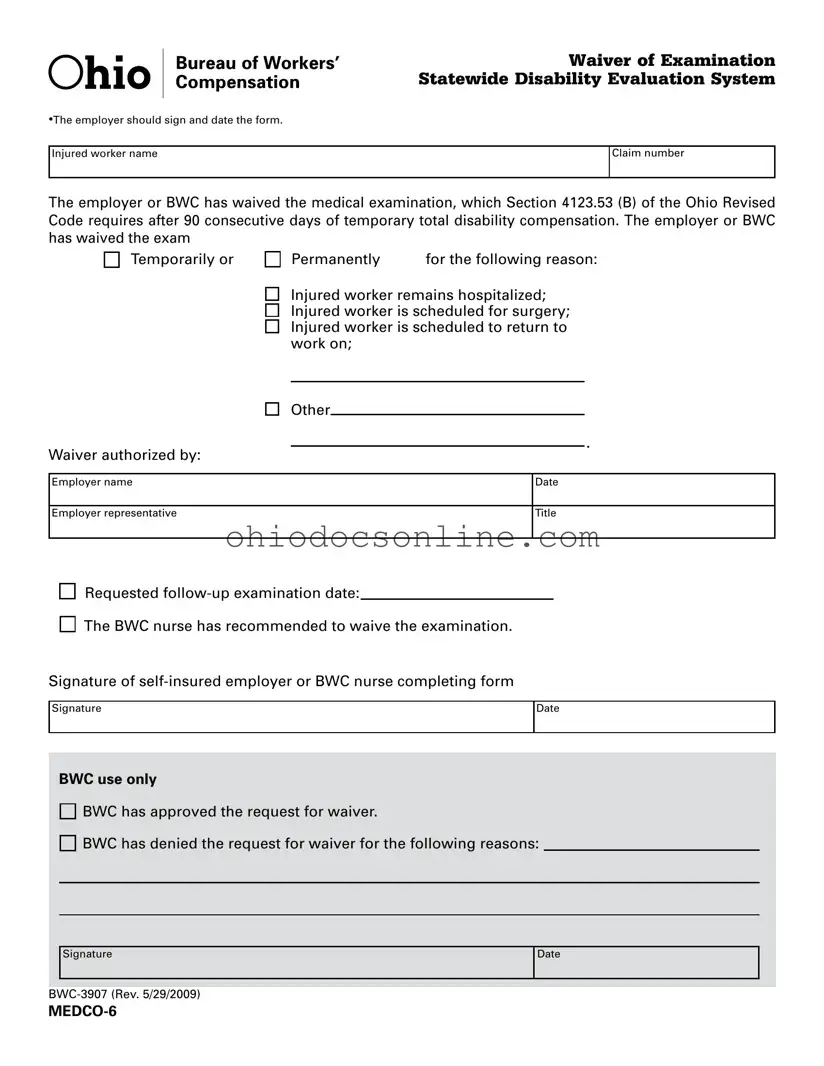Ohio Medicaid Renewal Form 2020
- Updates are essential for victims who wish to participate in hearings concerning their cases.
Jfs Forms Central
- Employers are encouraged to supplement information with payroll records, if necessary.
The Sample Tax Return Transcript form is an essential document for taxpayers, as it summarizes important tax information for a specific tax year, as reported on an individual's federal income tax return. This document includes details about income, adjustments, tax calculations, and any payments made, providing taxpayers and authorized parties with a clear picture of a taxpayer's financial situation. For more information and to view a blank example, you can visit https://mypdfform.com/blank-sample-tax-return-transcript/. Understanding this transcript can be crucial for various purposes, including loan applications, financial planning, and resolving tax issues.
C 230 Ohio
- The C 230 form can be submitted as part of an agreed application for permanent partial disability.
